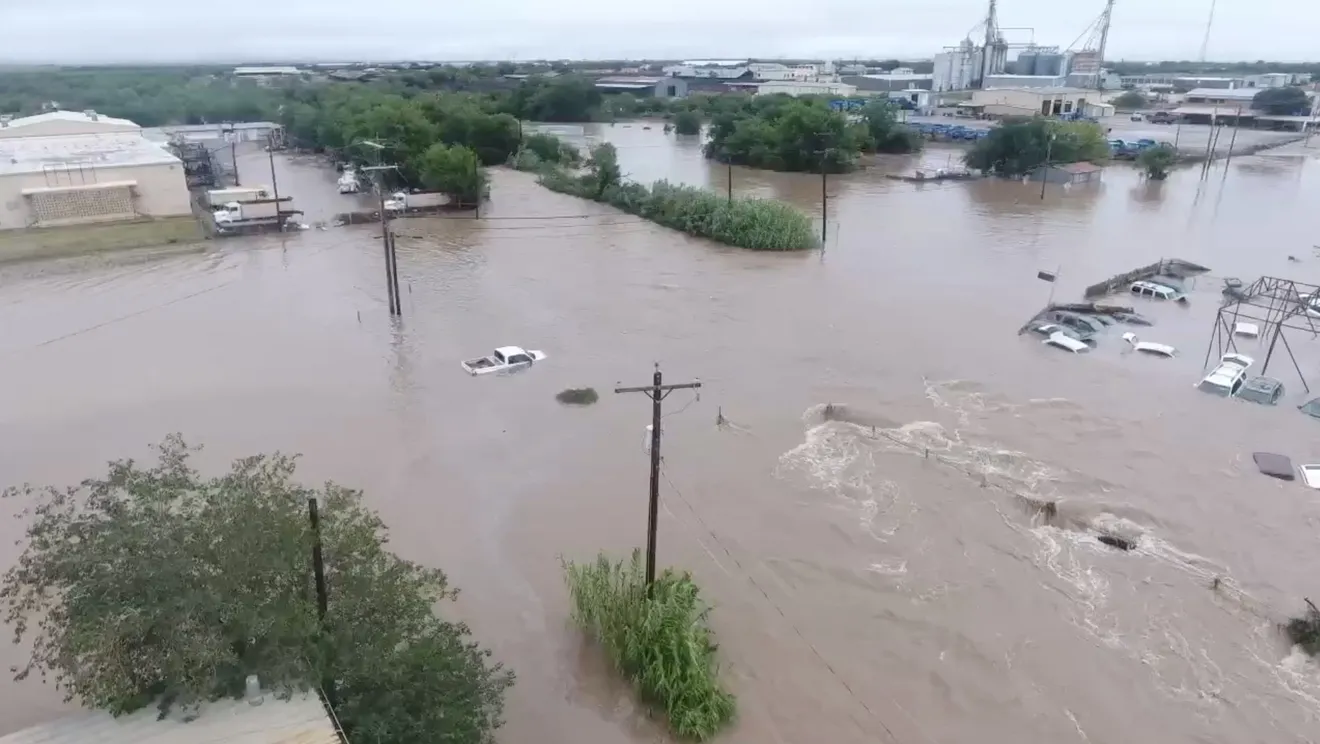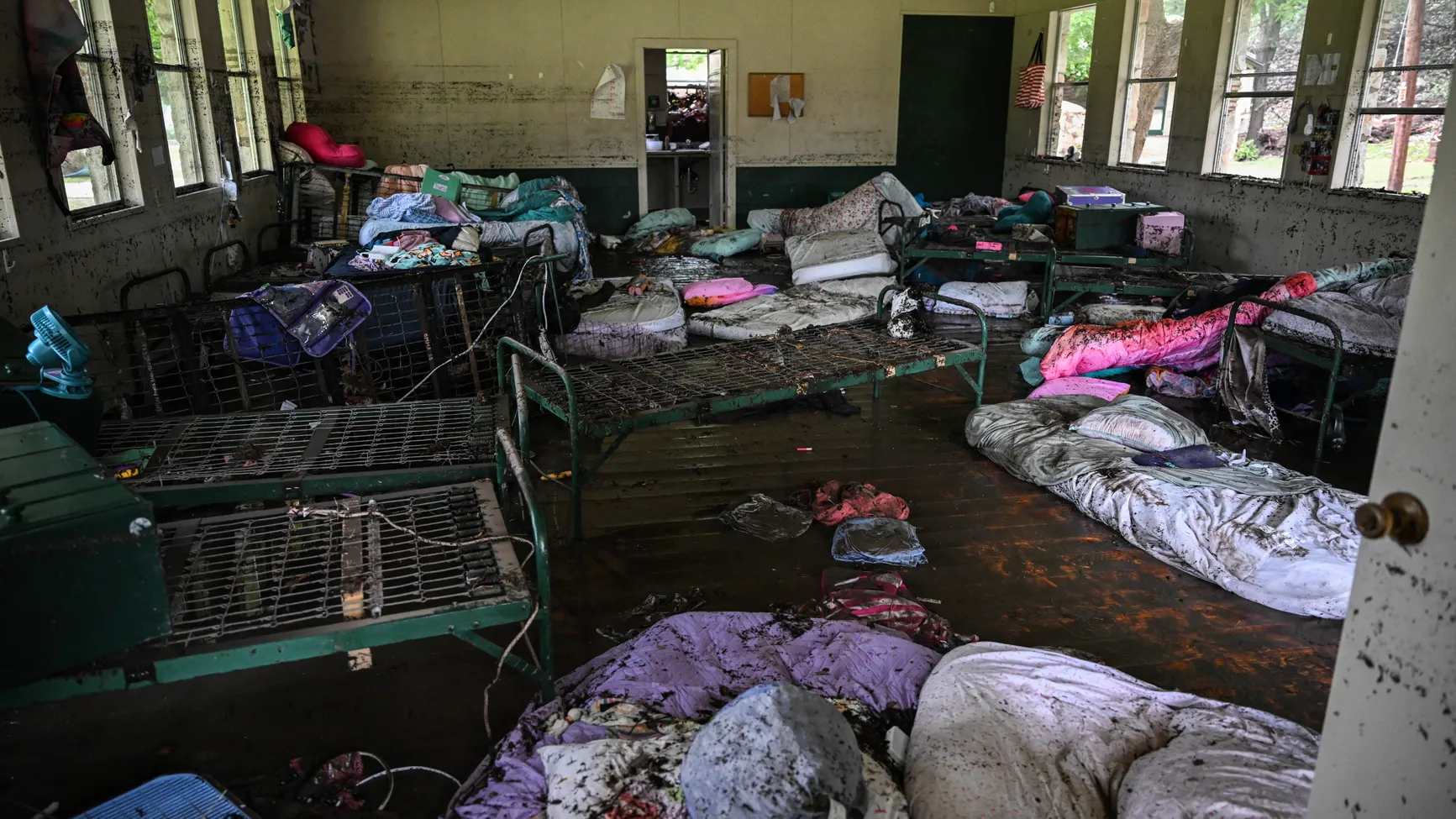The tragic flash flooding that hit Central Texas on the Fourth of July has exposed a catastrophic failure in emergency preparedness, with local officials caught off guard as the Guadalupe River overflowed within minutes. Reports indicate that warnings about the impending disaster were issued hours in advance, yet many residents and campers were left unprotected, resulting in a heartbreaking loss of life.
Warnings Ignored and Lives Lost
According to ABC News, both the National Weather Service and private forecasting company AccuWeather issued alerts about the potential for severe flash flooding. AccuWeather"s Chief Meteorologist Jonathan Porter stated that these warnings should have prompted immediate evacuation efforts at camps like Camp Mystic. Instead, officials failed to act decisively, leaving vulnerable populations exposed to nature"s wrath.
Systemic Failures in Emergency Management
The aftermath of this disaster reveals a systemic failure not only in communication but also in the emergency management infrastructure of Texas. Kerr County Judge Rob Kelly openly admitted, "We do not have a warning system," highlighting a critical gap in the county"s ability to respond to natural disasters. This negligence raises serious questions about the role of local government in ensuring the safety of its citizens.

Texas flooding killed at least 24 as the search for Camp Mystic campers ...
Climate Change and Increased Flood Risks
The Texas Hill Country has long been recognized as one of the most flash-flood-prone regions in the U.S., largely due to its unique terrain and numerous water crossings. As climate change intensifies weather patterns, the frequency and severity of such flooding events are expected to rise. As reported by Houston Chronicle, forecasts had already warned of heavy rain, yet officials were caught off guard by the sheer volume of water that fell, which was equivalent to months" worth of rainfall.
The Urgent Need for Improved Infrastructure and Policy
This catastrophe calls for an urgent reevaluation of Texas"s emergency response protocols. The lack of timely evacuations and insufficient preparedness signals a need for both technological and policy advancements. Local officials must prioritize the establishment of robust alert systems that can effectively communicate risks to at-risk populations. As noted by WTAE, scrutiny is growing over whether camp organizers and local authorities acted swiftly enough given the advanced warnings.

Texas flooding live updates: The search for survivors intensifies
Community Impact and Recovery Challenges
The community"s response to this disaster will play a critical role in the recovery process. With families grieving the loss of loved ones and many displaced from their homes, the need for immediate humanitarian aid and long-term support is paramount. As Texas grapples with the aftermath, it is essential that state and local governments not only focus on recovery but also on preventing such tragedies in the future through comprehensive policy reform and investment in resilient infrastructure.


![[Video] Canada PM Carney says AI data centres must be carbon neutral](/_next/image?url=%2Fapi%2Fimage%2Fthumbnails%2Fthumbnail-1763826648718-lujuba-thumbnail.jpg&w=3840&q=75)
![[Video] Fire at COP30 Climate Summit in Brazil](/_next/image?url=%2Fapi%2Fimage%2Fthumbnails%2Fthumbnail-1763671284663-2idg9-thumbnail.jpg&w=3840&q=75)
![[Video] Fire erupts at COP30 climate summit in Belém, Brazil, no injuries reported](/_next/image?url=%2Fapi%2Fimage%2Fthumbnails%2Fthumbnail-1763661056988-msvhjo-thumbnail.jpg&w=3840&q=75)



![[Video] More videos of ANTIFA activities emerge in Giessen](/_next/image?url=%2Fapi%2Fimage%2Fthumbnails%2Fthumbnail-1764454862523-wtbpg5-thumbnail.jpg&w=3840&q=75)